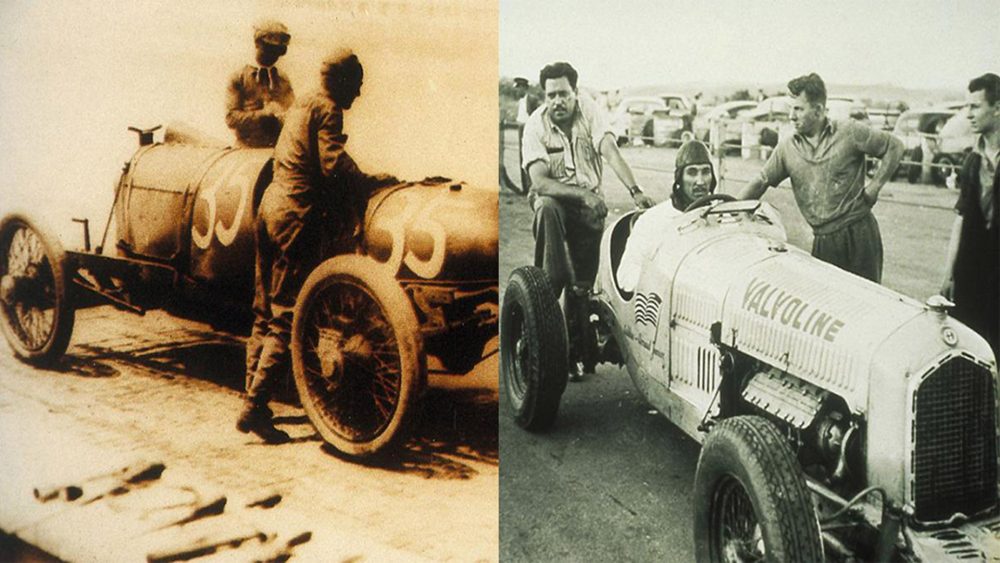# What Sensor Controls Spark in a Car?
When it comes to the functioning of a car’s ignition system, one of the critical components that controls the spark is the sensor. Understanding the role of the sensor in controlling the spark is crucial for diagnosing and resolving ignition system issues. In this comprehensive guide, we will delve into the details of what sensor controls spark in a car and its significance in maintaining optimal engine performance.
## The Crankshaft Position Sensor:
The primary sensor that controls the spark in a car is the crankshaft position sensor. This sensor is strategically positioned to monitor the rotational speed and position of the crankshaft. By detecting the exact position of the crankshaft, the sensor plays a pivotal role in determining the precise timing for spark ignition.
## Importance of the Crankshaft Position Sensor:
The information relayed by the crankshaft position sensor is instrumental in coordinating the ignition timing and fuel injection processes. By providing crucial data to the engine control unit (ECU), the sensor facilitates the synchronization of spark timing with the piston and valve movements, ensuring optimal power generation and fuel efficiency.
## Significance of the Camshaft Sensor:
In addition to the crankshaft position sensor, the camshaft sensor also contributes to controlling the spark in a car. The camshaft sensor assists the ECU in determining the position of the valves and pistons in relation to each other. This data enables the ECU to precisely time the fuel injection and spark plug ignition for maximizing engine performance and fuel economy.
## Role in Spark Timing:
The crankshaft and camshaft sensors work in tandem to provide essential input to the ECU, allowing it to dictate the precise timing for spark ignition. By accurately synchronizing the ignition process with the engine’s mechanical movements, these sensors ensure that the fuel is ignited at the optimal moment, thereby maximizing power output and fuel efficiency.
## Symptoms of a Faulty Crankshaft Position Sensor:
When the crankshaft position sensor malfunctions, it can lead to a range of performance issues and engine problems. Some common symptoms of a faulty crankshaft position sensor include:
– No Spark: A malfunctioning crankshaft position sensor can result in the absence of spark, leading to difficulty starting the engine or causing it to stall unexpectedly.
– Poor Fuel Economy: A faulty sensor may disrupt the precise timing of fuel injection and spark ignition, resulting in decreased fuel efficiency.
– Engine Stalling: Inconsistent or erratic signals from the sensor can lead to engine stalling or intermittent loss of power while driving.
– Hard Starting: A problematic crankshaft position sensor can make it challenging to start the engine, requiring prolonged cranking or multiple attempts.
– Check Engine Light: A failing sensor can trigger the illumination of the check engine light, signaling potential issues with the ignition system.
## Effects of a Failing Camshaft Sensor:
Similar to the crankshaft position sensor, a failing camshaft sensor can also have detrimental effects on the ignition system. As the camshaft sensor weakens, it may transmit unreliable data to the ECU, leading to the shutdown of fuel and spark delivery, thereby preventing the engine from starting.
## Troubleshooting and Diagnosis:
When encountering issues related to the absence of spark or irregular ignition timing, diagnosing the condition of the crankshaft and camshaft sensors is essential. Utilizing diagnostic tools and techniques, such as code readers and continuity testing, can aid in pinpointing sensor-related problems and facilitating effective repairs.
## Replacement and Maintenance:
In the event of a faulty crankshaft or camshaft sensor, timely replacement is crucial to restore the proper functioning of the ignition system. Additionally, adhering to the manufacturer’s recommended maintenance schedule for the sensors can help prevent potential issues and ensure the consistent performance of the ignition system.
Read More: Can Crank Sensor Cause No Spark?
## Conclusion:
In summary, the crankshaft position sensor, in conjunction with the camshaft sensor, plays a critical role in controlling the spark in a car’s ignition system. By providing essential input to the ECU and facilitating precise spark timing, these sensors are integral to the efficient operation of the engine. Understanding the significance of these sensors and recognizing the symptoms of sensor-related issues is essential for maintaining optimal engine performance and addressing ignition system malfunctions. Regular maintenance and timely replacement of faulty sensors are vital for ensuring the reliable operation of the ignition system and the overall performance of the vehicle.


